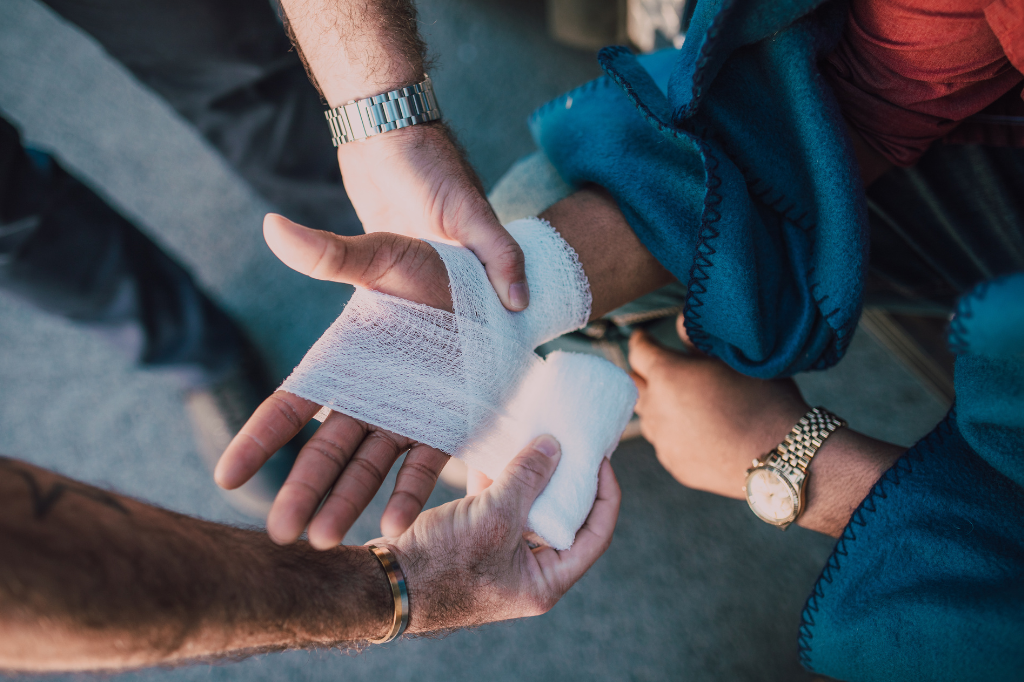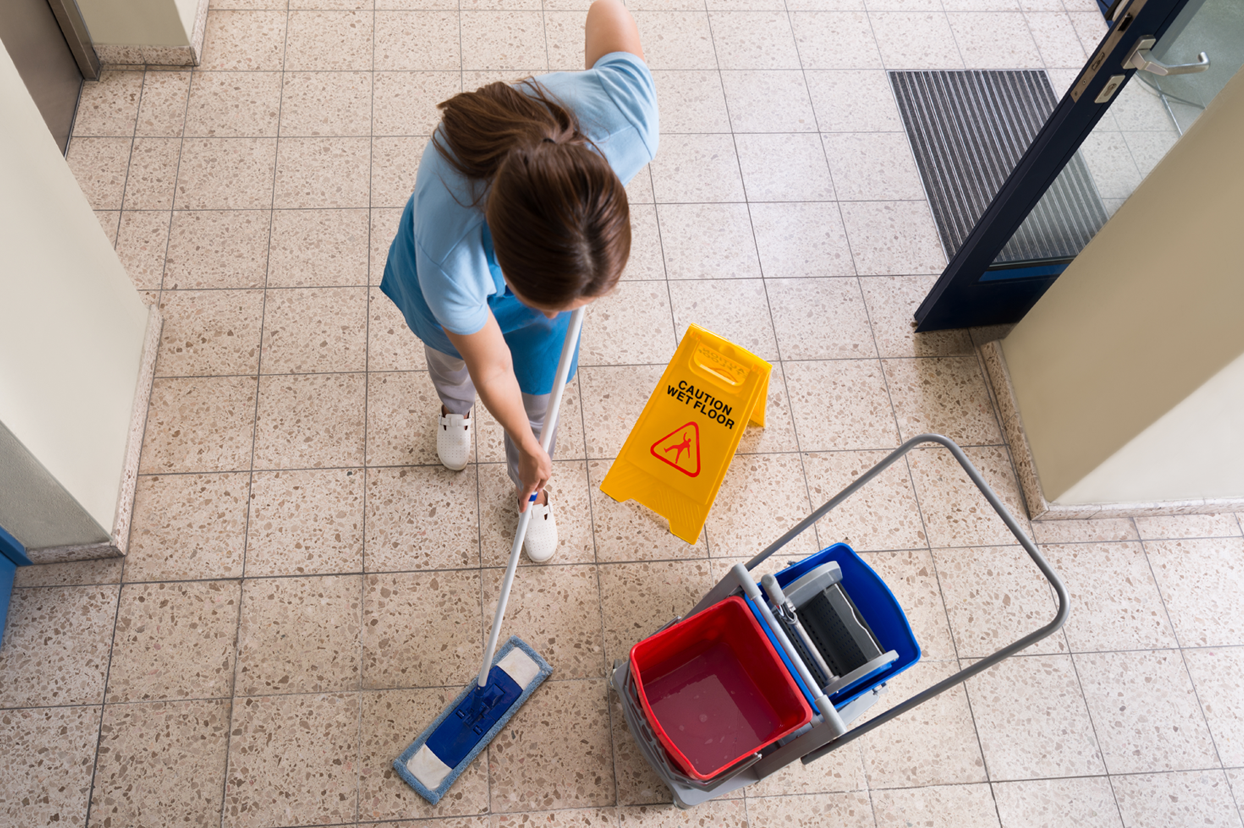August 19, 2024
New employee safety: Get your new hires off to a safe startEmployees are at higher risk of injuries during their first six months on the job, according to SFM claim data. Effectively training new employees on safety can be challenging, but it’s key to protecting and retaining quality employees.











